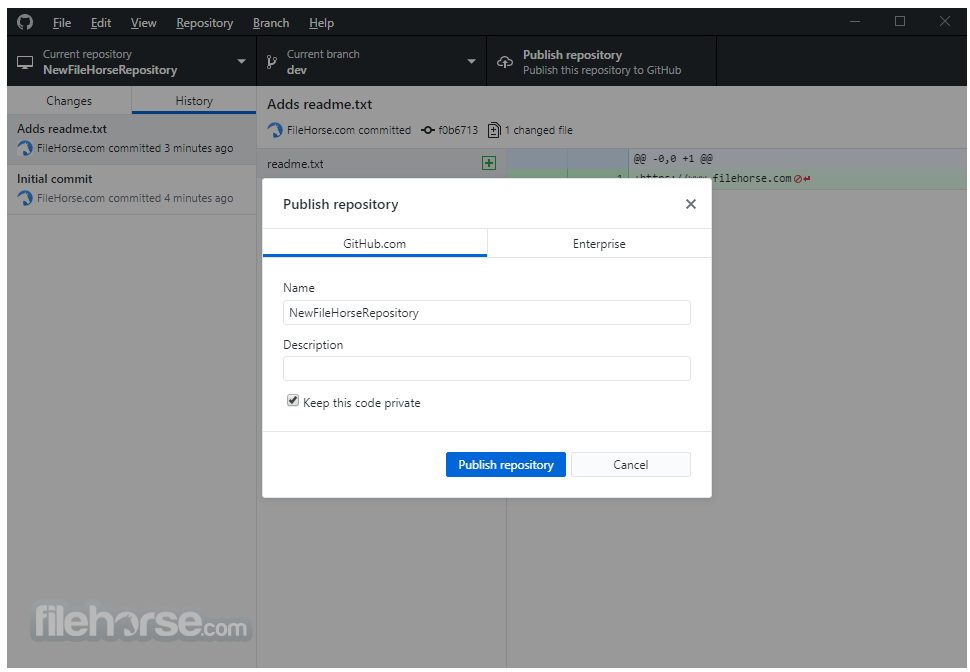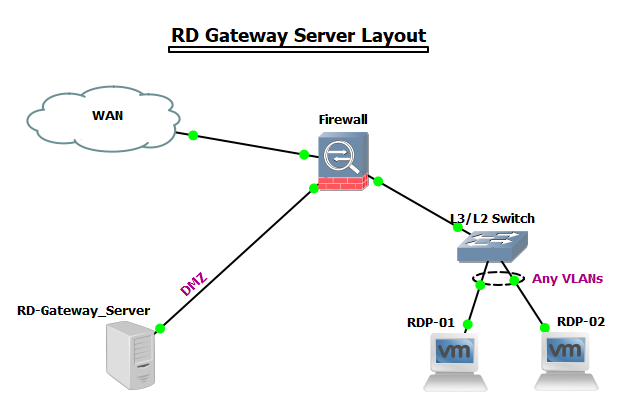- Microsoft Remote Desktop Application
- Microsoft Remote Desktop Cost
- Microsoft Remote Desktop License Cost
- Microsoft Remote Desktop Services Download
Windows Remote Desktop is one of the go-to proprietary services for those managing a few remote computers on the same network. It’s free, and it’s very easy to set up and use.
The RD Session Host server then requests an RDS CAL from the Remote Desktop license server. If an appropriate RDS CAL is available from a license server, the RDS CAL is issued to the client, and the client is able to connect to the RD Session Host server and from there to the desktop. WVD holds the promise to simplify virtual desktop licensing and deployment in Azure. With many organizations moving toward Microsoft 365 and Azure, it is a natural and relatively low-cost way to deploy desktops and applications in the cloud, unlike anything else that is available from other public cloud providers. Download the Free White Paper. Amazon EC2 running Microsoft Windows Server is a fast and dependable environment for deploying applications using the Microsoft Web Platform. Amazon EC2 enables you to run any compatible Windows-based solution on AWS' high-performance, reliable, cost-effective, cloud computing platform. In this AMIs Support for 300 remote users and multi session. Citrix Workspace is ranked 5th in Virtual Desktop with 7 reviews while Microsoft Remote Desktop Services is ranked 2nd in Virtual Desktop with 12 reviews. Citrix Workspace is rated 8.4, while Microsoft Remote Desktop Services is rated 7.8. The top reviewer of Citrix Workspace writes 'Fast set up, easy to install, with responsive support'. Microsoft's Cloud PC: Leak reveals new details on upcoming Azure-powered remote desktop. Microsoft's forthcoming Cloud PC remote Windows experience for Windows 10, macOS, iOS and Android takes shape.
But what if you need to support a larger number of clients outside your network? Will WRD be enough for that? Are there any substantial feature limitations?
Let’s dive into the pros and cons of using Windows Remote Desktop and investigate. Xcode download direct link.
Pros Snow leopard download full version.

- It’s free. Remote Desktop is a built-in Windows service that runs on the Remote Desktop Protocol and therefore is completely free. You don’t have to spend a single dollar on a third-party tool if your needs are limited to in-office remote support or accessing your centralized file storage on-the-go.
- It’s easy to set up. Although Windows Remote Desktop is disabled in the operating system by default, it’s very easy to turn it on. Note, however, that Home editions of Windows don’t include this service, but we’ll get back to that soon.
Cons
- It may not be that easy to set up outside the office. If you’re planning to use Windows Remote Desktop outside your office network, you’ll need to configure the remote network to accept incoming connection requests. Besides that, you’ll need to know the IP address of the server along with the login credentials for the remote machine(s) you want to connect to. This is a no-go approach if the remote client requiring assistance is not a tech-savvy person.
- It’s only included in Pro, Business or Ultimate versions of Windows. If you need to support your friends, family members, or a large number of clients running any of the Windows Home versions, then Remote Desktop shouldn’t be your tool of choice. You just won’t be able to connect.
- It doesn’t allow to reboot the remote machine and automatically reconnect. Being able to reboot the remote computer and automatically reconnect is a vital remote support feature. While many third-party applications such as FixMe.IT allow you to do that with a single mouse click, Windows Remote Desktop requires additional actions on your end.
- It locks the remote screen, making the remote user unable to interfere or see anything that you’re doing on their machine. This is one of the biggest problems of Windows Remote Desktop that hasn’t been yet resolved. Furthermore, there are no whiteboard tools that would allow you to demonstrate a certain process to your client.
- It doesn’t really allow to run multiple concurrent sessions. Although there’s a workaround that lets you turn on multiple remote desktop connections on Windows 10 & 8, Microsoft’s built-in tool simply wouldn’t be able to handle dozens of connections with different network settings. Techinline’s FixMe.IT, in turn, allows you to run an unlimited number of concurrent support sessions and easily switch between them in the process.
Conclusion
For local network administration and accessing your office machines remotely, Windows Remote Desktop is a great tool that’s free and easy to set up. However, if your primary goal is to easily perform remote tech support, you’d better check out third-party applications such as FixMe.IT.
Are you using Windows Remote Desktop to access your office machines? Did we miss any of its advantages or disadvantages? Let us know in the comments!
Visit our website to learn more about the FixMe.IT remote desktop application and its features. Join us on Facebook, Twitter, or LinkedIn to get all the latest product and blog updates as they happen.
Related Posts
FSLogix is a set of solutions that enhance, enable, and simplify non-persistent Windows computing environments. FSLogix solutions are appropriate for Virtual environments in both public and private clouds. FSLogix solutions may also be used to create more portable computing sessions when using physical devices.
FSLogix solutions include:
- Profile Container
- Office Container
- Application Masking
- Java Version Control
Heres what you can do with FSLogix solutions:
- Maintain user context in non-persistent environments
- Minimize sign in times for non-persistent environments
- Optimize file IO between host/client and remote profile store
- Native (Local) profile experience, eliminating many compatibility issues with solutions using visible redirection, such as User Profile Disk (UPD).
- Simplify the management of applications and 'Gold Images'
- Specify the version of Java to be utilized by specific URL and applications
Microsoft Remote Desktop Application
Key capabilities
- Redirect user profiles to a network location using Profile Container. Profiles are placed in VHD(X) files and mounted at run time. It's common to copy a profile to and from the network, when a user signs in and out of a remote environment. Because user profiles can often be large, sign in and sign out times often became unacceptable. Mounting and using the profile on the network eliminates delays often associated with solutions that copy files.
- Redirect only the portion of the profile that contains Office data by using Office Container. Office Container allows an organization already using an alternate profile solution to enhance Office in a non-persistent environment. This functionality is useful with the Outlook .OST file.
- Applications use the profile as if it were on the local drive. Because the FSLogix solutions use a Filter Driver to redirect the profile, applications don't recognize that the profile is on the network. Obscuring the redirection is important because many applications won't work properly with a profile stored on remote storage.
- Profile Container is used with Cloud Cache to create resilient and highly available environments. Cloud Cache places a portion of the profile VHD on the local hard drive. Cloud Cache also allows an administrator to specify multiple remote profile locations. The Local Cache, with multiple remote profile containers, insulates users from network and storage failures.
- Application Masking manages access to an application, font, printer, or other items. Access can be controlled by user, IP Address range, and other criteria. Application Masking significantly decreases the complexity of managing large numbers of gold images.
- Profile Container and Office Container do not provide any profile conversion functionality. Operating systems that share a profile version should be able to share a single user profile.

Requirements
You are eligible to access FSLogix Profile Container, Office 365 Container, Application Masking, and Java Redirection tools if you have one of the following licenses:
Microsoft Remote Desktop Cost
- Microsoft 365 E3/E5
- Microsoft 365 A3/A5/ Student Use Benefits
- Microsoft 365 F1/F3
- Microsoft 365 Business
- Windows 10 Enterprise E3/E5
- Windows 10 Education A3/A5
- Windows 10 VDA per user
- Remote Desktop Services (RDS) Client Access License (CAL)
- Remote Desktop Services (RDS) Subscriber Access License (SAL)
FSLogix solutions may be used in any public or private data center, as long as a user is properly licensed. FSLogix tools operate on all operating systems newer than, and including:

- Desktop - Windows 7
- Server - 2008 R2
- FSLogix solutions support both 32 bit and 64 bit where applicable
- In no instance are FSLogix solutions supported in an environment that is not supported by Microsoft, or the original software or equipment vendor
FSLogix solutions may have unique integration and advantages when used in conjunction with Windows Virtual Desktop
Provide feedback
- Visit the FSLogix forum to interact with the product team, support, and community participants.
- Visit FSLogix User Voice to request enhancements to FSLogix.
Microsoft Remote Desktop License Cost
Next steps
Microsoft Remote Desktop Services Download

To get started, you'll need to download and install FSLogix then configure your environment for the desired solution(s):
